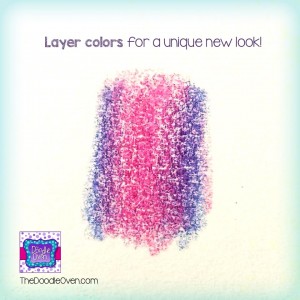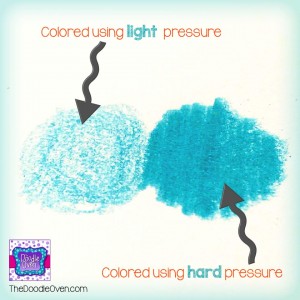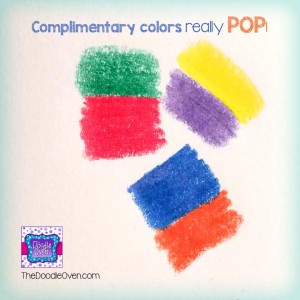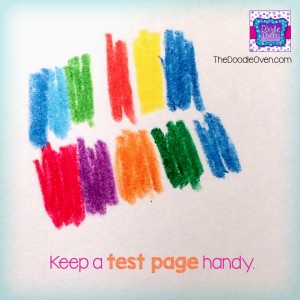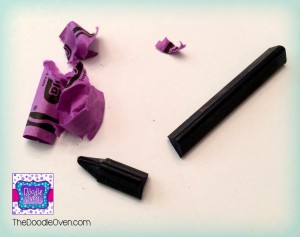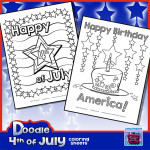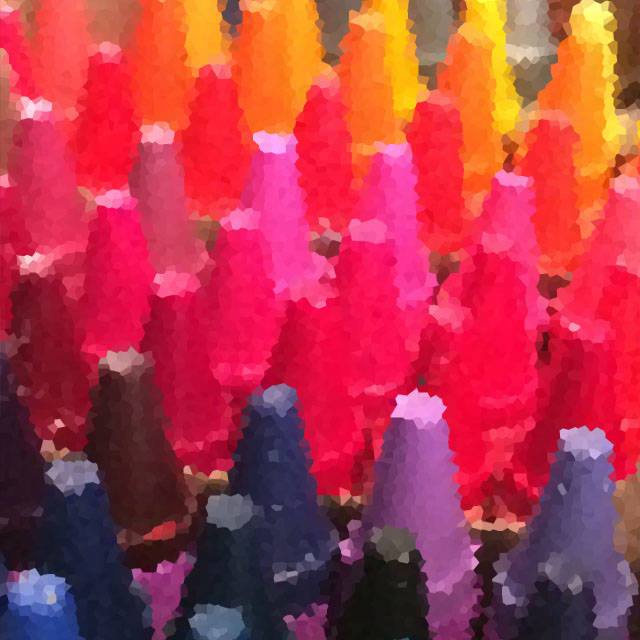
I believe that it is important for visual arts to be an active part in our classrooms and families. Art has so many positive outcomes (which I will touch on in another blog post soon). Today we will focus on coloring. Recently we talked a little about tips on using crayons, so I have compiled a short list of coloring tips. Some of these come from trial and error for me over the years and some come from other great places like Crayola.com
Click to go to the post “How to Fall-in-Love with that Waxy Stick again”
Well, let’s get started….here are tips & ideas for coloring using crayons.
- Place a few pieces of paper underneath the page you are coloring to serve as a cushion.
- When you color, you may want to experiment with layering colors over one another. (Please note that you only want to add 1-2 colors to the main color. Because colors are very waxy, if you layer too many the color may appear murky or not “layer” at all. Try coloring lightly at first for best effect.)
- To get different depths, try coloring with more (darker) or less (lighter) pressure.
- Some coloring pages may look nice if you create a darker outline color and color the inside lighter.
- Plan out in advance where you want colors.
- Experiment coloring a page with only one color, this is called monochromatic. Simply use different pressures to color sections lighter and darker.
- Color using patterns, crosshatching, or stipple
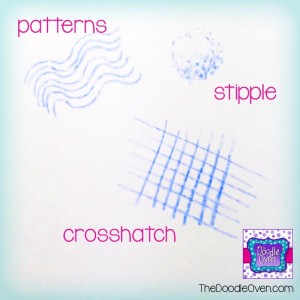
- Rubbings (Use a crayon without label, place a textured object under your coloring page and lightly run the flat side of the crayon over that section. Here are some examples of rubbings and using your crayons without the labels! I love these! http://www.crayola.com/things-to-do/how-to-landing/crayons.aspx
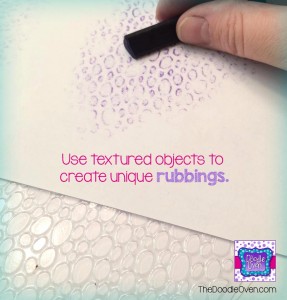
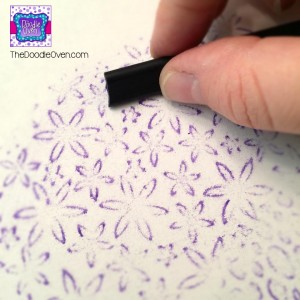
- Use complimentary colors to make your picture POP! (Ex. red/green, blue/orange, purple/yellow. These colors are opposite of one another on the color wheel.)
- I like to keep a “tester” page nearby. If I am not sure how things will look together, I color on my tester page first to get an idea.
- Do not put the exact same colors next to one another on a coloring page. You may want to vary the color intensity (by adding or decreasing pressure as you color) or use a color in the same family (lavender next to blue-violet)
- If you look at your picture and cause your eyes to go out of focus a little (make them go a little crossed/out-of-focus), then you will be able to see if there is balance between light and dark in your coloring page. (Hint: This method can help you decide what colors to fill in toward the end.)
- Did your crayon break? Don’t worry! Keep a bag of broken crayons. They can be used for rubbings and http://www.crayola.com/things-to-do/how-to-landing/melted-crayons.aspx
- I only use Crayola crayons. The colors are vibrant and they are easy to use with coloring. I have found that cheaper crayons often break easier and the general appearance is not as beautiful.
Click here to get a free instant digital download of the Fourth of July coloring pages! They’ll be perfect for practicing the new coloring tips you’ve learned!
I hope you find these tips useful in your future coloring adventures!
You are personally invited to sign-up on the email list. It is quick, easy, and keeps you in the “know”. {And I’d love to have you join us.}
Let’s keep in touch!
